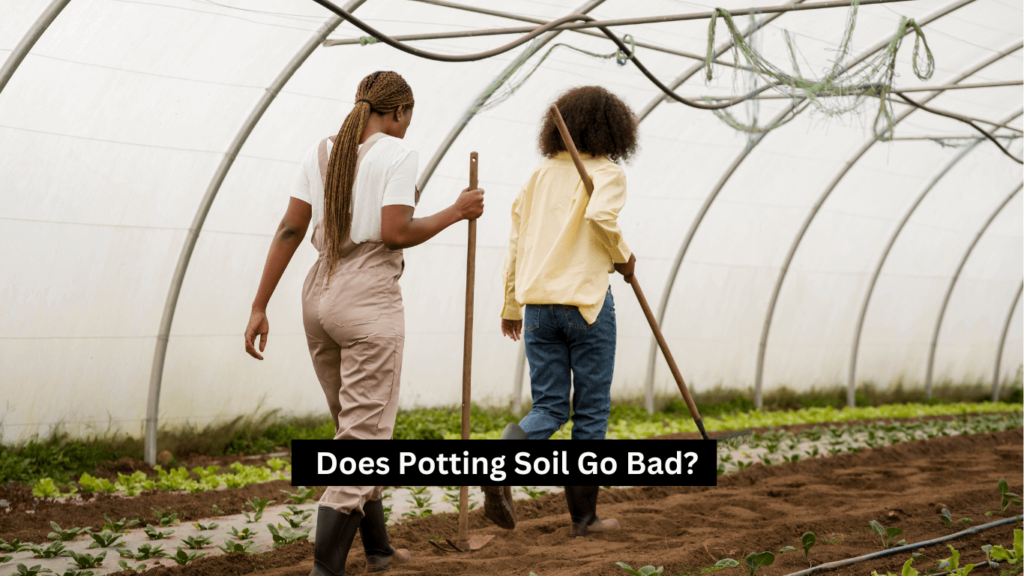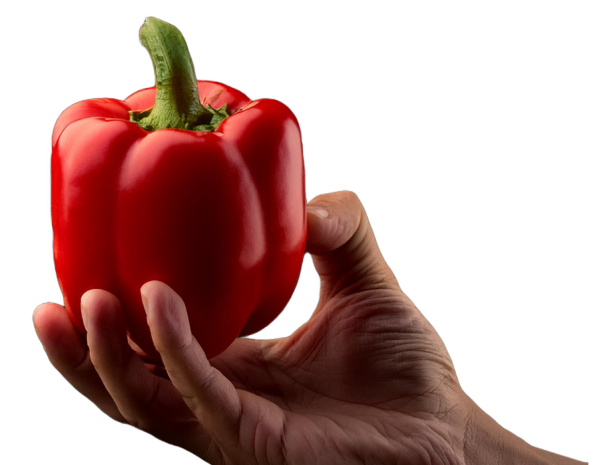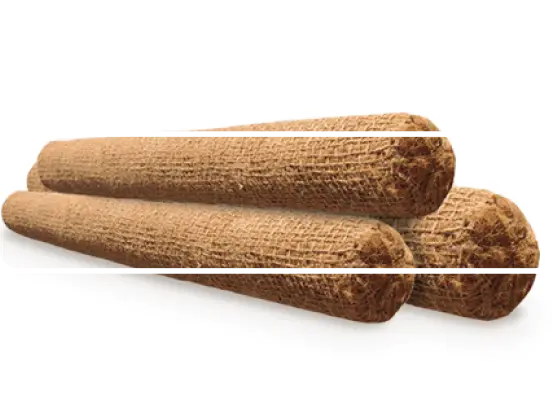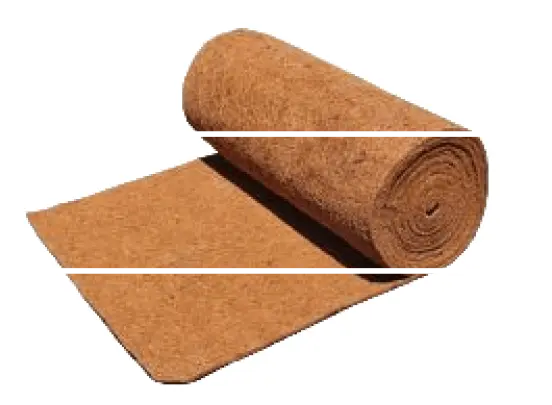
If you forget your potting mix bag opened somewhere in the corner of your house and suddenly you remember it, have you ever thought, “Does potting soil go bad?” Yes, it can. Most potting mixes contain peat moss and other organic ingredients that break down with time. That means a loss of both aeration and water retention capacity in the soil and is detrimental to any potted plant. When sitting idle, soil begins breaking down and loses all necessary components, including nutrients and structure, which plants require for growth. Even mold exposure or water may affect its quality.
There are many reasons that lead to the degradation of potting soil. However, you can extend its life with proper care and make the most of this essential gardening ingredient.
There are many other questions that are ranting through your head: how long does potting soil last once opened? Does potting soil go bad in the bag? Can potting soil be reused? This blog will guide you to every answer that you need.
First, let’s find out how potting soil goes bad. There are many ways through which soil degradation occurs.
Compaction: The potting mix can become heavy and very densely packed over time, called compaction. It especially occurs in older soil mixes that contain peat moss. Peat moss takes more than 1 to 2 years to degrade, and during that period, it causes peat to decompose into an extremely dense soil, which then gets insufficient aeration and does not drain properly, and the plant is not grown easily.
Foul Odor: Potting soil is not good if it smells strongly of rotting eggs. These typically signify the existence of anaerobic bacteria, which flourish in soil that is old, damp, and compact. Thus, the soil has lost its goodness for plant growth.
Mold: The other red flag is the existence of mold on potting soil. Mold grows most of the time when moist soil is kept sealed in bags for a long period of time, especially if the conditions are warm. This kind of soil should not be used because it is capable of causing root rot on plants.
Insects: If the potting soil contains fungus gnats or other insects, it is not good for the plants. Because they feed on decaying organic debris, these insects damage plant roots and result in nutrient deficiencies. This hampers the efficiency of the soil to maintain healthy growth.
Now let’s answer the question, Does Potting Soil Go Bad in the Bag? You may wonder, since it is sealed, why won’t it last forever? It can’t. A sealed bag of potting soil may remain good for many months, but a few things will degrade it much sooner than you think.
Keep the potting soil dry. When it becomes moist, mold and pests are sure to appear. So check those bags—if you notice lumps or mold, it’s probably time to toss it. Another issue is that even in a sealed bag, nutrients will degrade over time. If you’re not sure about nutrient content, add fertilizer before using it. Therefore, store the soil only in a cool, dry place to ensure that it lasts the longest time possible.
Now, let’s answer that million-dollar question. How long does open potting soil last? Generally speaking, opening the bag with appropriate care can make it last another six months to one year. After this time, you might notice a dip in its quality. To extend the life of opened potting soil:
Seal it Up: If you’re not using all of it, store it in an airtight container to prevent moisture buildup and contamination.
Use It Regularly: If you’re actively using potting soil, you might find that it stays fresher just because you’re drawing from it regularly. If the soil still looks and smells fresh after a few months, it’s likely safe to reuse it with minor nutrient supplementation.
Yes, potting soil can be reused, and this technique is fantastic for saving money while also supporting the environment. But that old soil must be refreshed.
Use these tips on how to reuse potting soil:
Check for Pests: ensure that this soil is clean and not infested by pests in case it is used since this would chase some unwanted pets into your new plants.
Refresh Nutrients: Most old potting soils are depleted of the nutrients that your new plants will need. You can refresh these by adding compost or slow-release fertilizer.
Balancing pH Levels: Over time, potting soil can become too acidic or alkaline. Consider testing the pH and amending it if needed.
Boost Aeration and Drainage: The reconstruction of soil can help ensure it is less compacted, providing greater aeration and drainage. You may want to add vermiculite or perlite to the soil to increase its airiness.
This will breathe a second life into your used potting soil and make sure that your plants are actually thriving.
Where to buy potting soil?
If you find yourself in need of fresh potting soil, you have to know where to buy it. There are plenty of options available:
Local Garden Centers: These are great places to find high-quality potting soil. Plus, local staff can often provide valuable advice based on what works best in your area.
Online retailers: Websites like Amazon sell various potting soil brands. Also, products from coir product manufacturers provide the best potting soil. This method allows you to compare different options and read reviews before purchasing.
Farmers’ Markets: Sometimes local farmers sell their own potting soil or compost, which can be a fantastic choice for those looking for organic options. Farmer’s markets are usually around your locality. So it is easily accessible.
Shop for the potting soil carefully. Read the ingredients and see which type works best for your plants: general mix, orchid mix, or cactus mix.
Potting mix instead of soil: If you are looking for a potting mix bag instead of soil, Coirmedia is the best choice. It is known for its water retention.
Although potting soils degrade over time, if they receive proper care, they can be used for a long period. The major purpose of good quality potting soil is to promote the growth of plants by amalgamating the organic contents, nutritional materials, and the right water drainage. Nevertheless, quality may become overshadowed when subjected to certain conditions, thus causing it to fail in supporting healthy plants. Now you have the answer to if potting soil goes bad. So next time, if you’re wondering about that potting soil bag in the corner of your home, remember these tips to keep your gardening game strong!
Also Read: Best Potting Soil for Blueberries
John Doe

Mathew is a product designer and engineer at Coirmedia, where he combines his passion for sustainability with his design and engineering expertise. He develops innovative coir products that are not only functional but also eco-friendly. Driven by a desire to share his knowledge, Neil is passionate about writing and teaching, aiming to educate others about his ideas, innovations, and the technology behind them.


CoirMedia (UK) Pvt. Ltd
85 Great Portland Street,
First Floor, London,
United Kingdom





